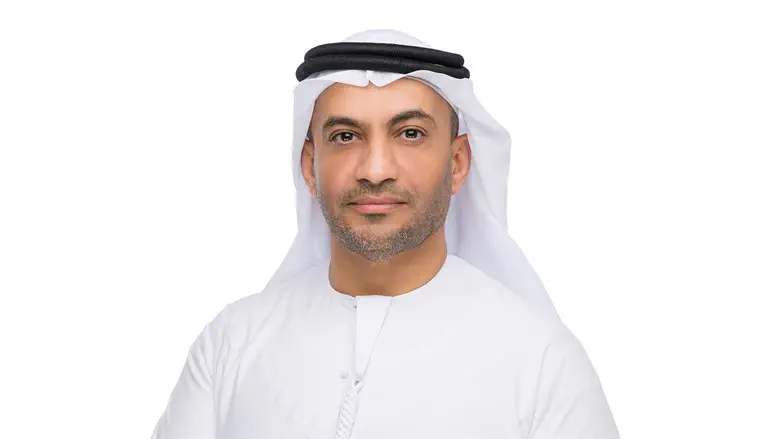
There is a lot riding on the success of the diplomatic agreement inked in Beijing between Saudi Arabia and Iran. While some optimists are hopeful that the accord will bear fruit, skeptics are worried that the Iranian regime will only pay lip service to the agreement, using it as a tactical ploy to navigate through current challenges before resuming their hegemonic ambitions in the region - a strategy they have spent a fortune on.
When it comes to assessing the prospects of the agreement’s success, the key lies in the mutual need of the signatories and the Chinese mediator to ensure its effective implementation. Saudi Arabia is itching to resolve the Yemeni crisis and double down on Crown Prince Mohammed bin Salman’s ambitious development agenda.
Meanwhile, Iran’s regime is feeling the squeeze of Western sanctions and urgently requires regional cooperation to mitigate their impact. The returns of Iranian backing for the Yemeni Houthi rebels fell short of its grand plan to tighten its grip on the Gulf Cooperation Council countries from the south. This deadlock has become a resource-draining conundrum for Iran, particularly its military might, and has stoked tensions with neighboring Gulf nations.
Iran is also eager to outmaneuver Israel, working to forge a regional coalition to counter Iran’s nuclear threats. That’s why Iran views rekindling ties with GCC countries as a strategic win, particularly with the fraying of relations between the US and key Gulf capitals like Riyadh. The agreement also fortifies the international standing of both parties - the Saudis and the Iranians. Riyadh gains more leverage in its ties with the US, while Iran’s pact helps ease Western pressure, freeing it up to pursue regional relations. With the GCC pushing for diversifying its global alliances as US commitment to its Gulf allies wanes, the agreement could be a game-changer.
All indications point to a concerted effort by both Saudi Arabia and Iran to embark on a major upswing in their bilateral ties. Saudi Finance Minister, Mohammed Al Jadaan, has signaled a willingness to pursue promising investment prospects in Iran, highlighting that the kingdom has much to offer for Iranian investors as well. Al Jadaan said that, “as long as we stick to agreements[,] I don’t see any, really, impediments. [Saudi investments in Iran] could happen very quickly.”
This points to a clear intent to broaden the scope of the agreement beyond mere diplomatic and security coordination, by fostering deeper economic and investment cooperation that could potentially upend the regional power dynamics, given the sheer size of Saudi and Iranian economies. This also serves as a litmus test for Iran’s role in regional unrest and instability. In essence, the Iranian regime’s commitment to the agreement’s terms carries profound implications for defusing regional tensions and bringing resolution to several ongoing crises, not only in Yemen, but also in Syria and Lebanon.
In my view, the success of the Iranian side of the agreement with Saudi Arabia could hinge, to some extent, on the buy-in of various factions within the Iranian regime, who may have different interpretations of the terms and conditions.
It is no secret that there exists a range of views on certain issues between the government and the Iranian Revolutionary Guard Corps (IRGC). While the current political landscape in Iran leans heavily to the right, the IRGC stands out as the most radical and extremist group. This radicalism is not driven by ideology as much as it is driven by the IRGC’s self-interest and its expansionist agenda, which ties the economy to politics and narrow interests. This explains why the IRGC often pursues plans and operations outside the official purview of the Iranian state.
While the fact that Ali Shamkhani, the representative of Supreme Leader Khamenei, signed the agreement with the Saudis in Beijing may indicate Khamenei’s support, the IRGC has a history of blocking plans approved by Khamenei, including the 2015 nuclear agreement signed with the “5+1” group. In fact, former Iranian Foreign Minister Mohammad Javad Zarif has criticized the IRGC for undermining the role of Iranian institutions such as the Ministry of Foreign Affairs.
One of the crucial factors that could ensure the implementation of the Saudi-Iranian agreement is the mounting pressure that the Iranian regime is facing on all fronts. The regime is acutely aware of the growing public discontent arising from the worsening economic and living conditions. As such, the fear of the regime’s potential collapse could serve as a major incentive for the Iranian side to uphold the agreement. However, this is contingent on the regime’s ability to rally its various factions behind the implementation of the deal, especially considering the Supreme Leader’s diminishing influence on account of his failing health and the behind-the-scenes struggle for his succession.
These are key considerations in addressing internal dissent and stymieing the ongoing negotiations to revive the nuclear agreement, where a major sticking point is the demand to remove the Revolutionary Guard from the US’s list of terrorist organizations. Should the Iranian regime fail to reach internal consensus, it may result in non-compliance with the terms of the agreement with Saudi Arabia.
Dr. Salem AlKetbi is a UAE political analyst